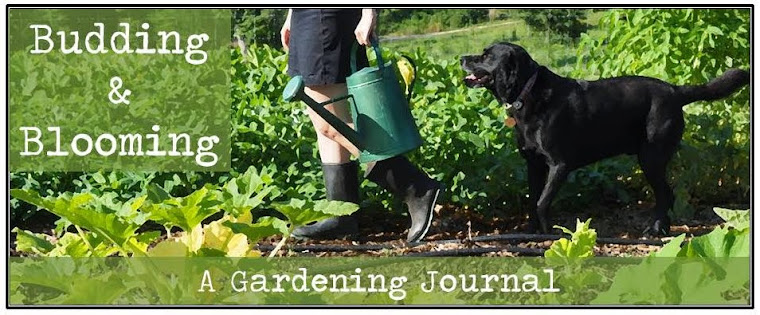 |
| Picking apples in the rain in Upstate New York, fall 2013 |
However, when I started researching what kind of apples to grow I hit a brick wall. Problem number one is that I don't want to use chemical sprays. I want organic apples. Problem number two is that I live in a hot, humid climate. It appears that problem one and two do not combine well.
On the NPR station I listen to there is a program from Clemson University about gardening. People call in with their gardening questions and several times I've heard questions about apple trees and the response has always been that they don't grow well in South Carolina, so don't bother trying.
But I really, really want apples!
After much Google searching, I stumbled upon another blog : Growing Days and found that I was not alone. The blogger (oddly also named Julie) is in South Carolina as well and had heard the same Clemson University advice against apples. However, she had met the author, Creighton Lee Calhoun, Jr, of a book titled: Old Southern Apples: A Comprehensive History and Description of Varieties for Collectors, Growers, and Fruit Enthusiasts. She was able to talk to Mr. Calhoun about her quest for an apple variety to plant and his recommendation was a Blacktwig apple.
Now I just needed to find this Blacktwig Apple. Through more Google searches I stumbled upon Century Farm Orchards in Reidsville, NC. They specialize in growing old Southern apples and pears that are disease resistant! They had the Blacktwig apple available and the description makes it sound even better. "Unparalleled fresh eating quality" and all important, "resistant to several apple diseases." I ordered two Blacktwig apples and the owner of Century Farm Orchard has been helpful to recommend another variety for pollination, Summer Banana. This variety also sounds delicious!
I received and planted my apple trees. I put up a four foot fence around each one. I learned from my pecan tree planting that deer protection is essential. The apple trees are also somewhat close to the pond where we have very active beavers. Hopefully my apple tree enclosures will be deer and beaver proof!
All went well with the baby apple trees until mid-spring. Small green caterpillars began munching away at the leaves. I managed to hand pick them off the trees and no new ones reappeared. They have put on new leaves and will hopefully recover from the attack. However, I am concerned about how to deal with these caterpillars in the future. Eventually the trees will be too big for me to hand pick, so I will need another technique. And today I noticed that the apple tree leaves have reddish orange blotches.
I have a feeling my quest for apples is just beginning!.
This post is shared at Green Thumb Thursday at Grow a Good Life.






















